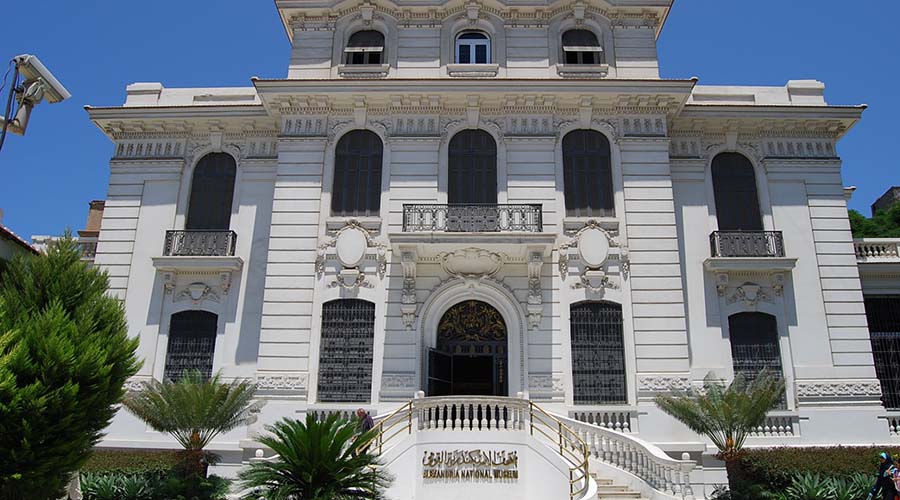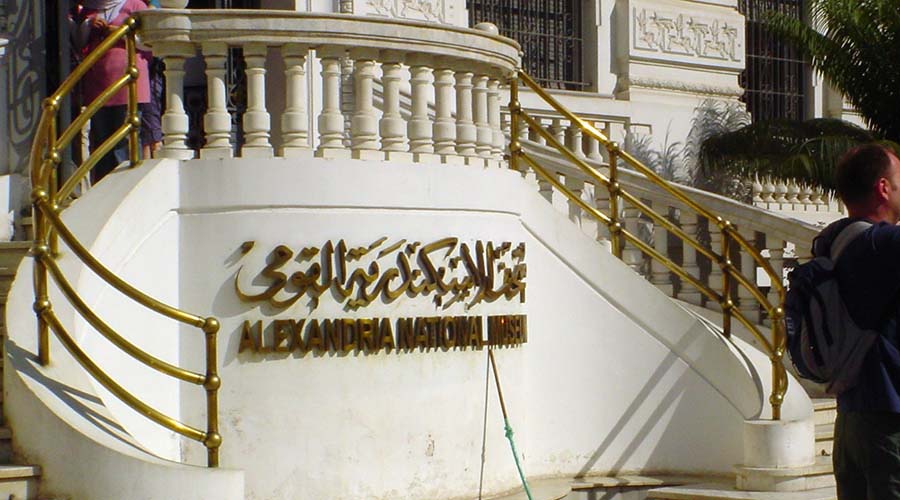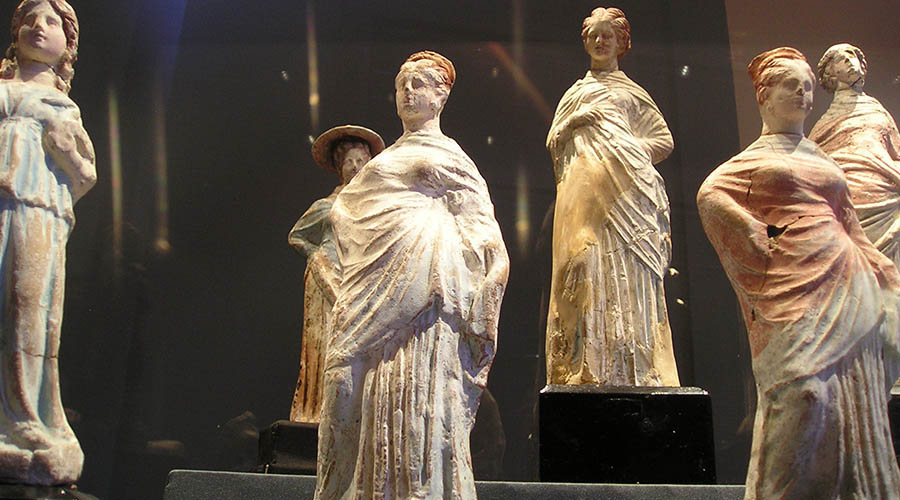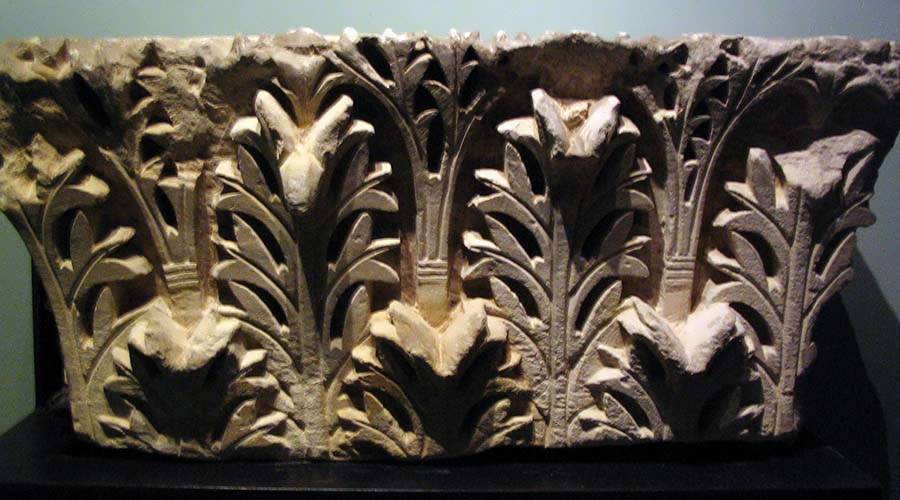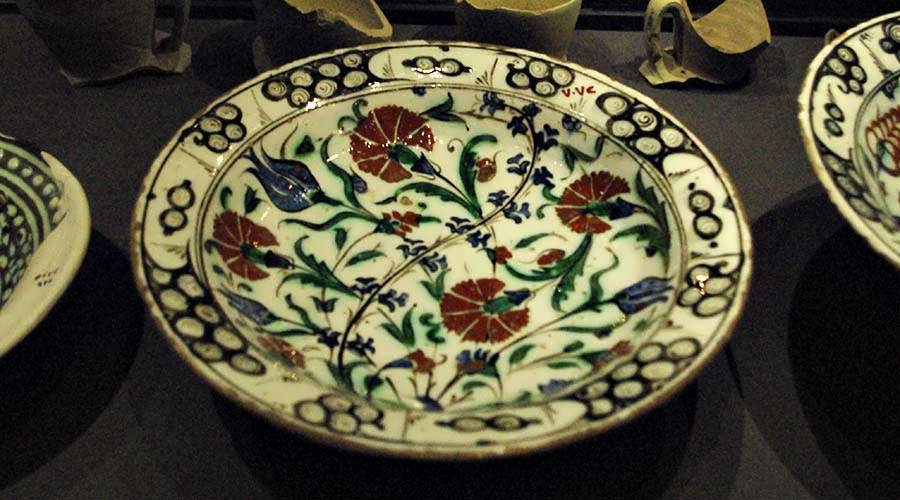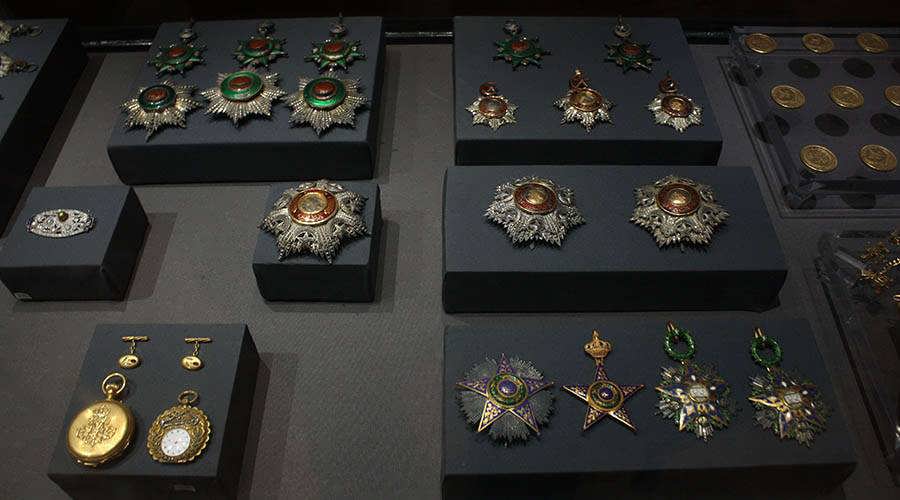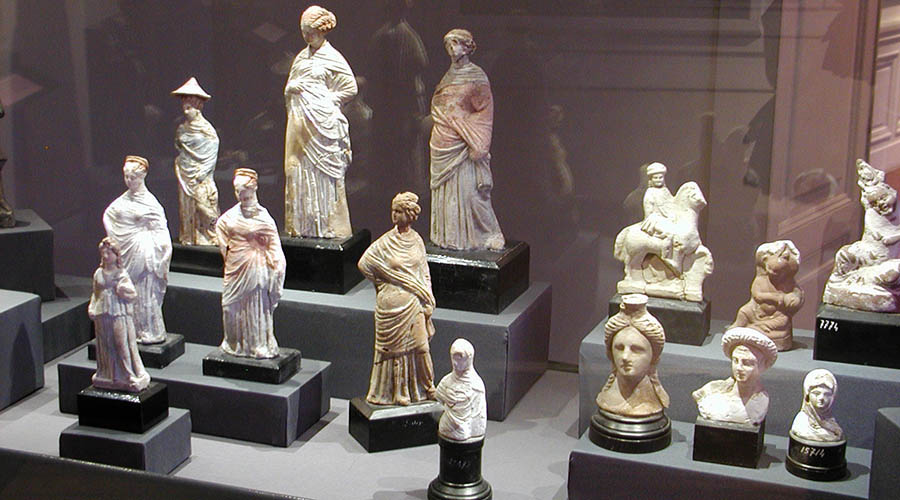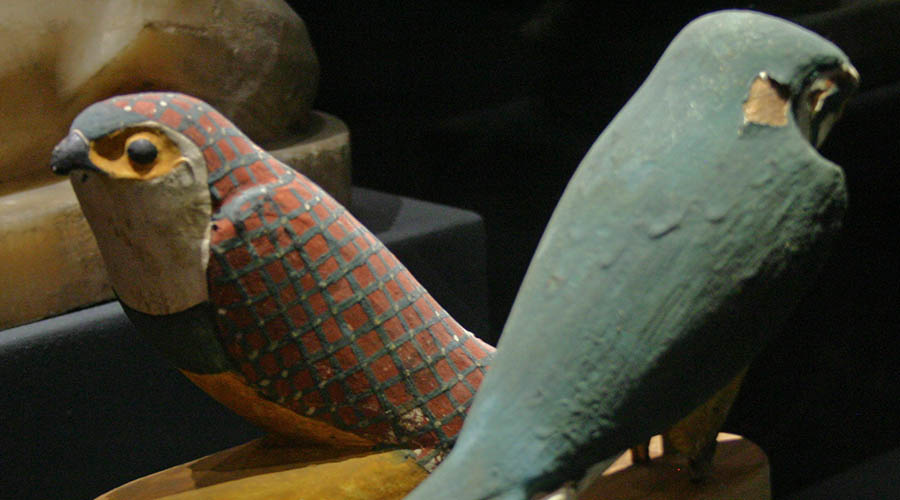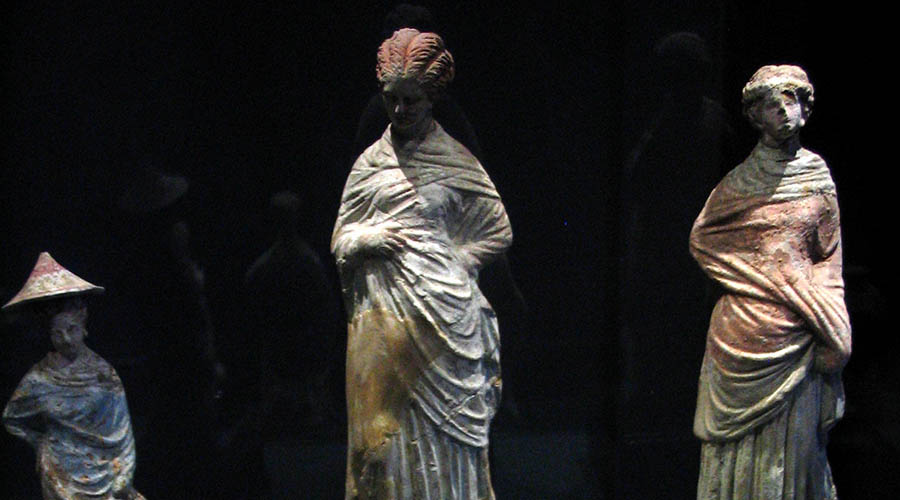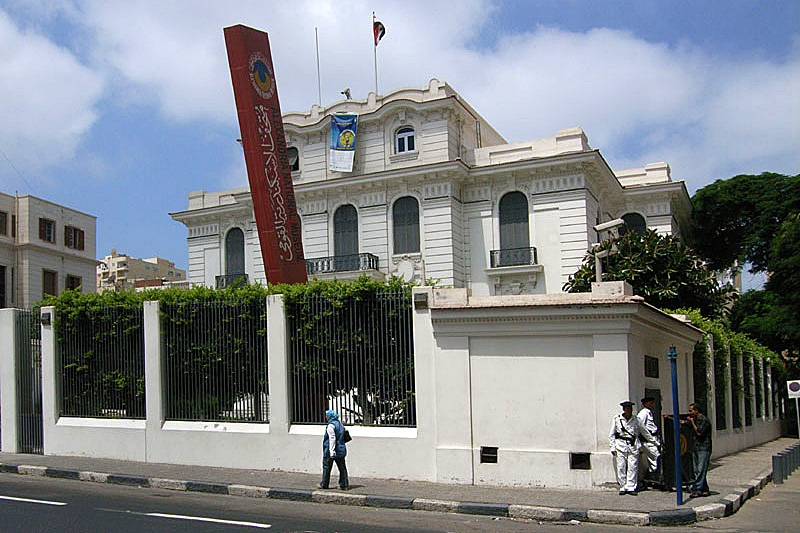The National Museum of Alexandria
The museum was inaugurated on the 1 St of September 2003. It is considered one of the most unique museums of the world for the main target behind its construction as it narrates a story of Egypt across different ages from the past and till now, for the show arrangement, and for the adequate lights used. Each showroom was painted in a color that suits the age it is representing. For – instance, the black color was used for showrooms representing the Pharaonic periods, light colors for the first floor which represents the Graeco-Roman period, while shinning green was used for the second floor which represents Islamic and Coptic periods. The lights play an effective rule in helping the visitors in having a nice tour inside the museum showrooms. The museum was situated in a place built by one of Alexandria`s merchants in 1928 on the e modern Italian style (that was commonly used in decoration in the early ages of the past century ) . The palace was then owned by the ministry of culture converting it into a national museum for Alexandria .the museum contains 1800 monumental pieces representing Alexandria’s history. The museum is divided into 3 suites (floors), the first suite (the basement) is for the Pharaonic period, the second suite (the first floor) for the Graeco-Roman Islamic periods and modern ages till July’s revolution, in addition to other showrooms for lectures (enough for 150 person) and a laboratory for repairing and mending monuments, they are all present in the basement floor. There is also an open theatre (enough for 1000 audience) in the back garden of the museum. The pharaonic suite The suite is 500 m2 area divided into five halls containing 350 pharaonic pieces, the most important pieces are Akhnatun’s and Hetshepsut’s heads. Statue of the god Amun which is considered the biggest statue in the museum as it weight 1.5 ton, the Serapium likeness, a number of colored paintings, different statues from the old kingdom, a Mosaic of Medusa, the head of Terra –cotta, a carnelian vessel with a golden cover belonging to the second family, a statue for the minister "Hem-Epnou" (the fourth family), and a lot of other unique pieces of arts. Graeco-Roman suite and Submerged Monuments The suite includes 5 halls containing 350 rare pieces shown for the first time, 176 pieces of them were submerged in the Eastern Harbour and Abou Quir Gulf. The most important piece is an onex part carved as two heads of the king Ptolemy the first and his wife Perinky, a head for Alexander the Great, a bronze statue for Zios, a statue of Hercules’s head, a statue for the king Ptolemy the sixth, a granite statue of Mark Antony, the head of Emperor August, a mosaic of dog, bronze statue of God Osiris and a lack granite statue for Isis that weighs about 1.5 ton. It also contain some submerged antiquities that had been discovered like a collection of Golden coins from Napoleon Naval, another one from the Graeco-Roman period and a collection of marble statues. Coptic and Islamic period and Modern Age’s suite The suite contains 200 Coptic pieces and 300 Islamic pieces. The most important pieces are a stela from Mina’s dir in Alexandria while he was standing between two camels, icons painted with the Virign Mary and jesus Christ , a great collection of amazingly nice decorated potteries and gold, silver and iron equipments for the church used in the daily life of the copts. It also contain a collection of the arms of Tomanbay, some silk tapestries of the Fatimid period , in addition to monuments belonging to the family of Mohamed Ali , a collection of storage boxes of Indian teak inlaid with ivory and a brass base of candle stick with name the of sultan Qaitbey. The modern ages suite contain French made china tableware, silver candelabras and royal medals inlaid with almond representing royal symbol, with the name of Sultan Abdel Megeid name. It is worth mentioning that the National Museum of Alexandria is the first of its kind in Egypt, it is the only one which narrates the history of the people of Alexandria through antiquity leading it not only to become institutions which only exhibit antiquities but also play an effective role in recovering and perpetuating political, social, cultural, artistic and historical memories.


